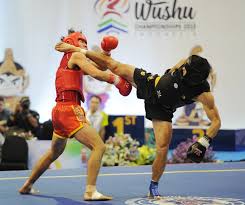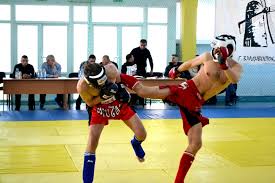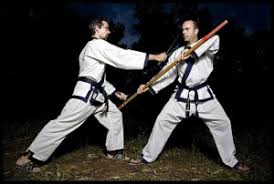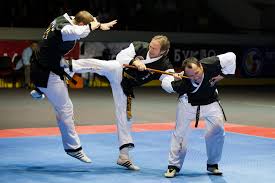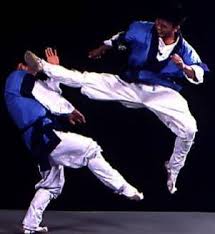Spanish name
Yi Quan
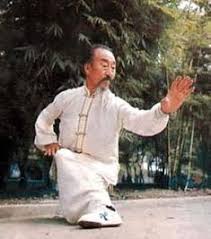 Yi Quan is one of China’s martial arts, which is also well known as the “fist of the mind”; essentially similar to Yiquan is Dacheng Quan.
Yi Quan is one of China’s martial arts, which is also well known as the “fist of the mind”; essentially similar to Yiquan is Dacheng Quan.
Origin
Qi Yuan, the martial art of China Qi Yuan, sometimes referred to as Dacheng Quan, is a relatively young martial art that Wang Xiangzhai created in the 1920s. Initially, he was looking for the best combat experts of the time to be able to understand the essence of boxing. Subsequently, he created a new type of art in which he ruled out everything unimportant and replaced it with techniques and techniques that gave the fastest possible effect. Over time, special approaches appeared in the newly created system, dominating its components.
To strengthen the importance of consciousness, both in training and in battle, he called the art of Yi Quan created by Continue reading
Judo
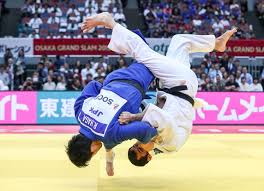 Judo is a fairly new Japanese martial art, created at the end of the 19th century. Gradually, his philosophy and the methods used became known to people around the world. This art was created on the basis of jujitsu. In judo, various types of punches, painful techniques and throws are used.
Judo is a fairly new Japanese martial art, created at the end of the 19th century. Gradually, his philosophy and the methods used became known to people around the world. This art was created on the basis of jujitsu. In judo, various types of punches, painful techniques and throws are used.
Unlike other percussion martial arts, such as boxing or karate, judo focuses on fighting rather than punches. Judo differs from other styles of wrestling in a more diverse technique.
The goals of judo are both the physical preparation of students, the training of their combat, and the preparation of the student’s consciousness for battle. Judo’s philosophy is mutual assistance and Continue reading
Jiu-Jitsu
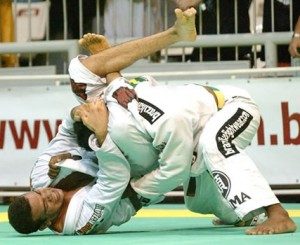 Jiu-Jitsu is the name of a series of Japanese martial arts that includes techniques for working with and without weapons. Jiu-Jitsu is the art of hand-to-hand combat, which is based on the principle of “soft” and “supple” movement techniques.
Jiu-Jitsu is the name of a series of Japanese martial arts that includes techniques for working with and without weapons. Jiu-Jitsu is the art of hand-to-hand combat, which is based on the principle of “soft” and “supple” movement techniques.
Jiu-Jitsu is one of the most ancient forms of Japanese wrestling. The basic rule of jiu-jitsu is “do not go into direct confrontation to win,” it teaches you to give in to the enemy’s onslaught, not to resist and direct his actions in the right direction until he is trapped and turns his own strength into actions against himself. The principle of this rule arose in connection with the legend of the doctor Sirobei Akayama. Once he noticed that the branches of large trees broke in a storm, and the willow branches yielded to force, but then they rose and survived. He was inspired by this observation, and later, the doctor founded the first school of ju-jutsu, calling it “Yoshin-ryu,” which means “willow school.” Continue reading
